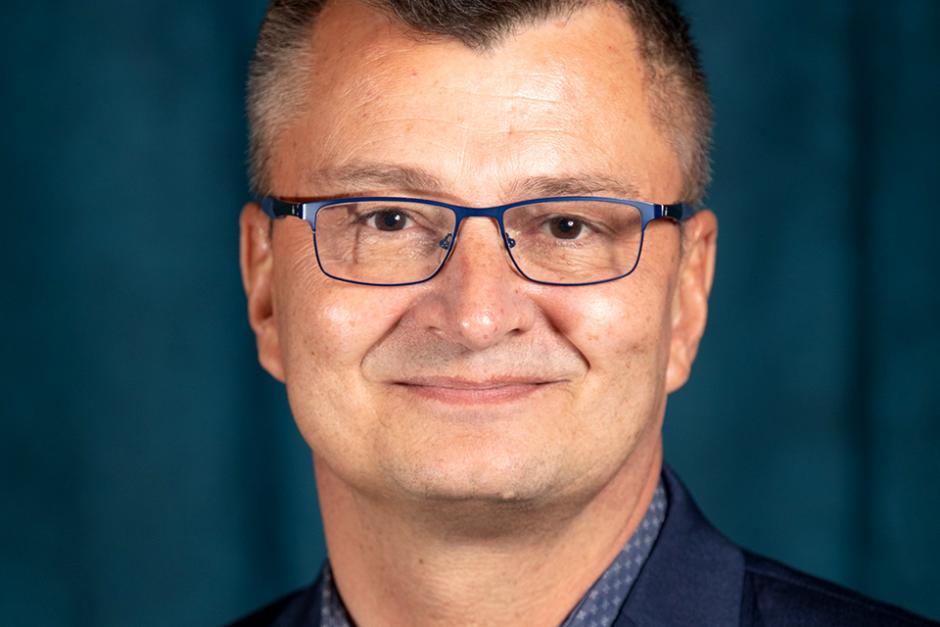From the Director’s Desk
A vision of a world free of stigma
There are certainly an unlimited number of issues and challenges facing California’s public mental health and substance use (behavioral health) system. Examples of headlines include rising suicide rates with teens increasing the fastest, meth and cocaine death rates surpassing the opioid epidemic, correctional facilities and emergency rooms filled with individuals suffering from behavioral health issues, and national criticism over high levels of homelessness.
Despite billions in revenue being distributed to California counties, there are significant barriers to accessing treatment, and advocates are calling for reforms and additional funding. Some point to social injustice and discrimination. Others point to lack of housing and poor access. All agree that something must be done.
What is not typically in the headlines is a much more sinister threat, a hidden threat in the shadows of community norms. Unlike most health conditions, there remains many misconceptions about individuals with behavioral health issues, including blame and fear. “Not in my backyard,” “out of sight, out of mind,” and bullying those who are different, are once again growing challenges we must directly confront. These types of attitudes and beliefs are commonly referred to as stigma. Stigma remains a significant barrier for both adults and teens as they seek treatment and support in our community.
When stigma becomes the norm, it has a discriminatory effect toward the people we strive to serve. This can result in social injustices for those with a mental illness that wouldn’t be tolerated for individuals with other types of health conditions.
Would our country tolerate high percentages of people in jail due to cardiac issues? Could a new norm ever be expected that an individual who is experiencing a heart attack in a grocery store, creating a disturbance, is taken to jail or locked away for disturbing the peace?
This all sounds silly on the surface. Unfortunately, this is exactly what many in our community expect and the sorts of behaviors keeping adults and teens from seeking treatment. There is growing fear that all people with a mental illness are dangerous—a belief that all mass shootings are so horrific that “the shooter must have been crazy”; that all homeless individuals are mentally ill, or that addiction is a choice that weak individuals make. Stigma remains one of the main forces keeping people from seeking treatment at levels of behavioral health needs.
“SFBayConnect” Campaign to Launch
In an effort to combat stigma and provide families with information on how to help a young person, BHRS will launch the campaign, “SFBayConnect” in February. The campaign aims to raise awareness of the County’s youth treatment services, better connect those who are at risk to services, and provide tools and resources for parents and teens on its new website. Teens already experience a great deal natural stress. Typical adolescent stress combined with the forces of behavioral health issues and stigma can be a deadly combination. We must all be vigilant in combating stigma by learning the signs of mental health issues, and take action when we notice something unusual. BHRS and our community partners have prioritized stigma as one of our top priorities to address in 2020 for both teens and adults. In the coming months, you will receive several educational opportunities and a variety of tools you can use to join the campaign against stigma.
Leading the Way to a Future Without Stigma
Take a moment and think about how our community surrounds and supports a family when one of their members has been diagnosed with a major medical illness, such as cancer, or has experienced a heart attack. We wrap around them, showing love and support. We talk about it, we may even participate in a community event, like a dinner at the local high school to raise money or to show support. Then think about what would happen if that same family had a member diagnosed with schizophrenia or a meth addiction.
Now imagine a future without stigma. A future where those with a mental illness are considered with the same level of compassion and support as someone with any other serious medical illness. Can you envision a future where it would be normal to support the parents of a young adult diagnosed with schizophrenia? Instead of whispers in the corners that are typical for behavioral health issues, the community surrounds the family with love, support and even the legendary casserole, as they would with any serious health condition, ready to do whatever they can to support the recovery.
As the birthplace of NAMI, we can do better. We can achieve this vision and provide this level of support through education, advocacy, passion and a great deal of hard work. San Mateo County can lead the way to a future without stigma.
